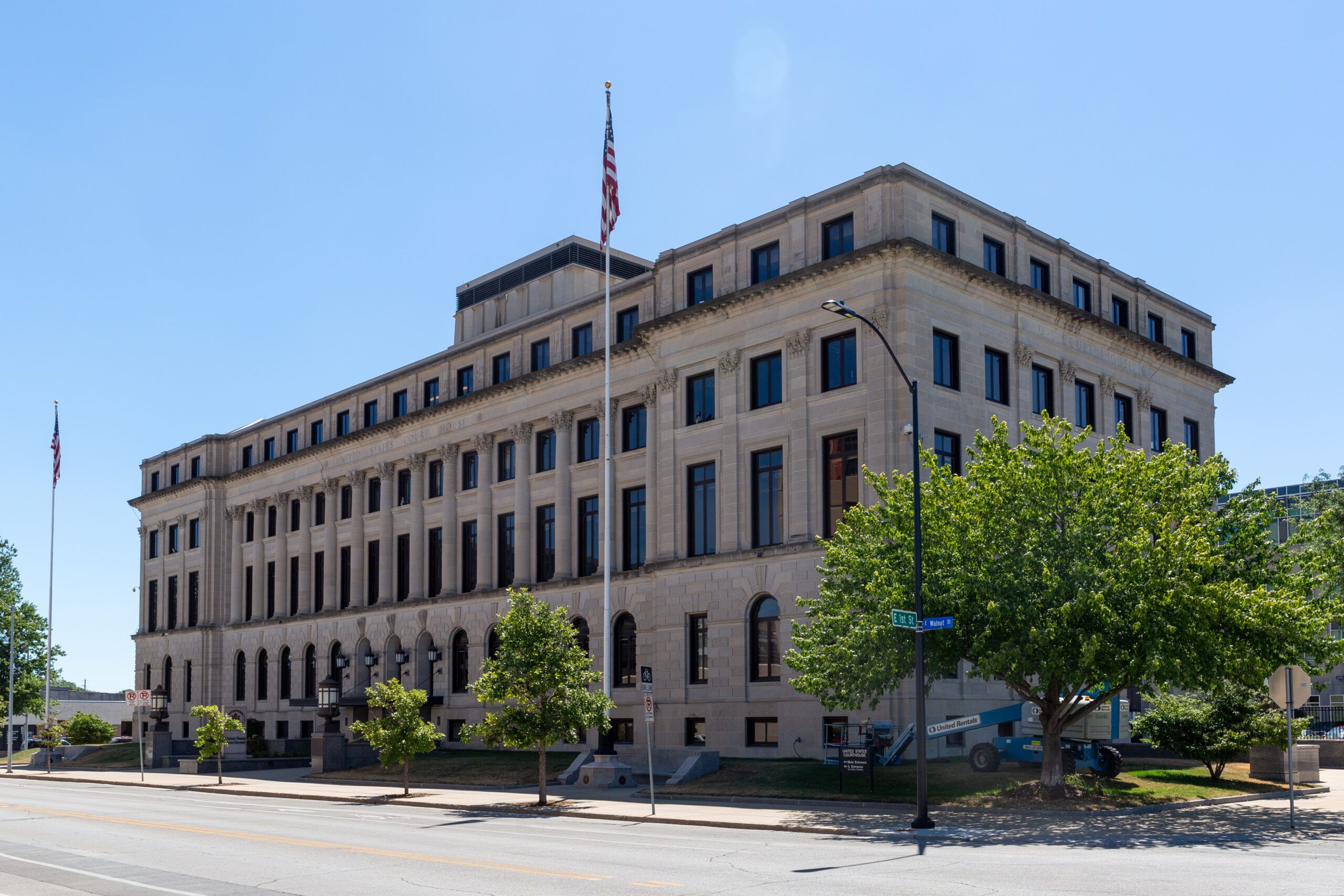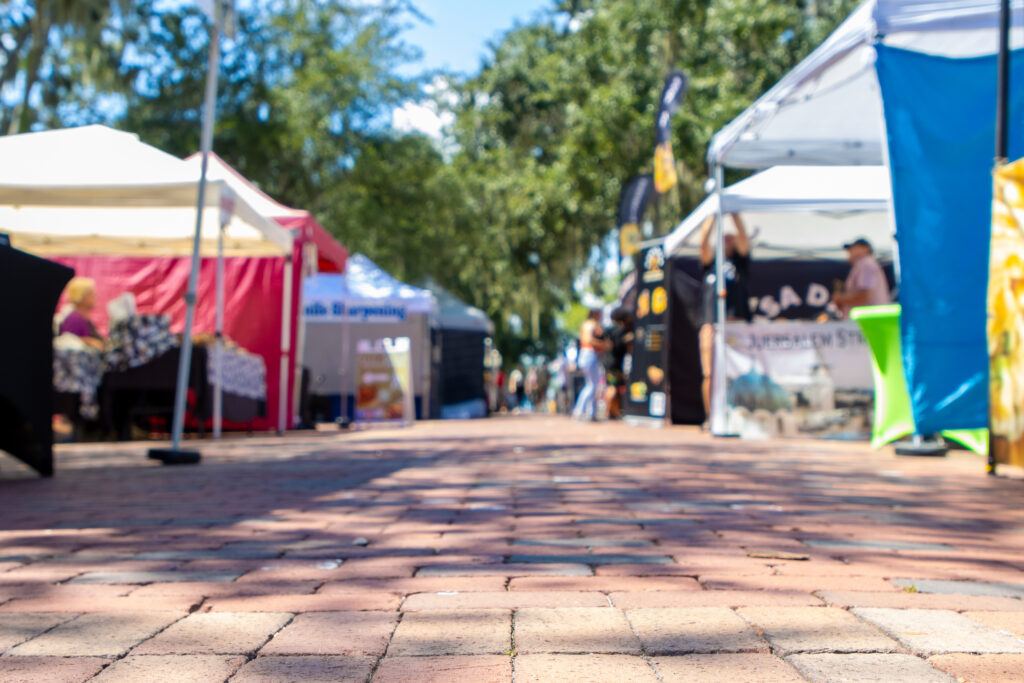At least one local developer is interested in pursuing acquisition of the historic federal courthouse in downtown Des Moines, and would possibly convert the structure into housing.
Developer Jake Christensen said if the property is sold at auction, he would likely submit a bid.
“The general makeup of the building makes it a little bit difficult for a lot of uses,” said Christensen, who owns property in the East Village near the courthouse. “To me, the logical uses are higher-end apartments or condos and then maybe a boutique hotel.”
The courthouse, located at 123 E. Walnut St., is considered excess federal property and is currently in the process of being disposed of by U.S. General Services Administration. One of the first steps in the process is screening for potential homeless and other public use needs, Charlie Cook, a GSA spokesperson, wrote in an email.
“If the property is not transferred or sold for another public use, it will ultimately be sold at auction,” Cook wrote.
Organizations interested in converting the structure into housing or other services for homeless individuals have until Friday to submit proposals, according to a GSA notice. Public entities such as the city of Des Moines could acquire the property.
A spokesperson for Des Moines, which has facilities near the federal courthouse, said the city is not interested in the property.
The GSA manages all of the federal government’s properties, including the sale of excess real estate.
A new federal courthouse is under construction at 101 Locust St., prompting the GSA’s disposal of the East Walnut Street property.
In the past 10 years, the GSA has disposed of 13 courthouse properties, according to Cook. Currently, three other U.S. courthouse properties are in the disposal process, he wrote.
Christensen said a few other local developers may also be interested in acquiring the Des Moines property as well as some from the Midwest.
The courthouse is one of seven monumental public buildings constructed along the Des Moines River in the first half of the 1900s, according to the GSA’s website. In 1988, the riverfront area, including the courthouse, was designated the Civic Center Historic District and listed in the National Register of Historic Places.
Erin Olson-Douglas, Des Moines’ development services director, said she’s hopeful that whoever acquires the federal property redevelops it in a way that activates the riverfront. The courthouse property, originally developed in the late 1920s, is one block east of the Des Moines River.
“It’s a spot where you could have a cool hotel, you could do housing, you could do office space,” Olson-Douglas said. “I think something with activity would be welcome there.”
Preserving the historical significance of the building is also important, she said.
The first ruling involving the landmark Tinker v. Des Moines Independent School District occurred in a courtroom of the federal courthouse. The school district had banned students from wearing black armbands to protest of the Vietnam War. Some students who defied the ban were suspended from school, prompting their parents to file a lawsuit against the district.
A judge for the U.S. District Court for the Southern District of Iowa ruled in favor of the school district, saying that wearing the armbands could disrupt learning. The ruling was appealed, ultimately ending up before the U.S. Supreme Court, which in 1969 ruled in favor of the students.
“Recognizing that that history is an important piece for both our community as well as the broader impact the decision has had across the country,” Olson-Douglas said. “Finding a way to have public accessibility [to the courtroom] is important.”
The courtrooms in the building likely will have to be preserved, Christensen said. “Maybe they can be used as community rooms or some other type of public space or use. It will be a challenge.”











